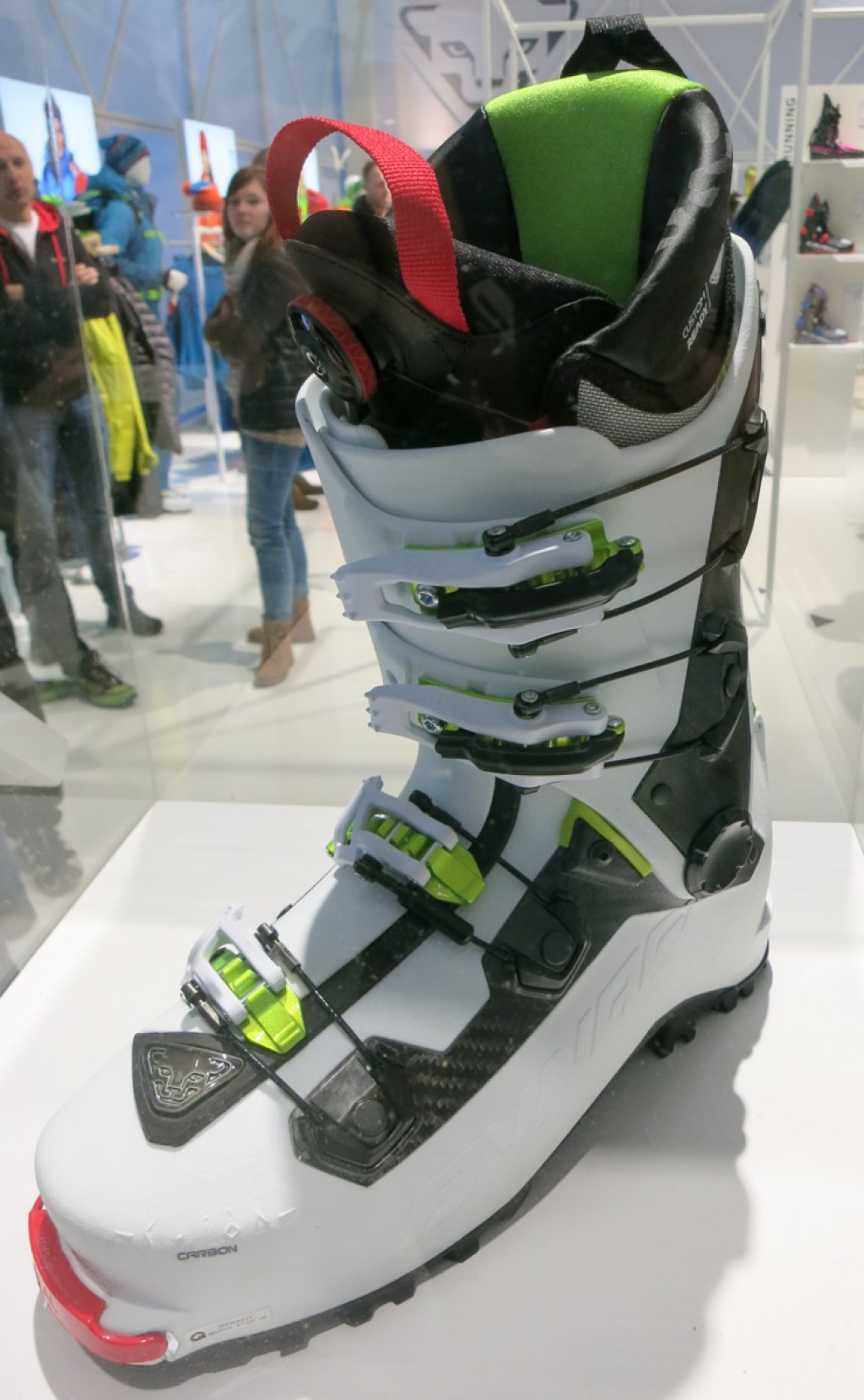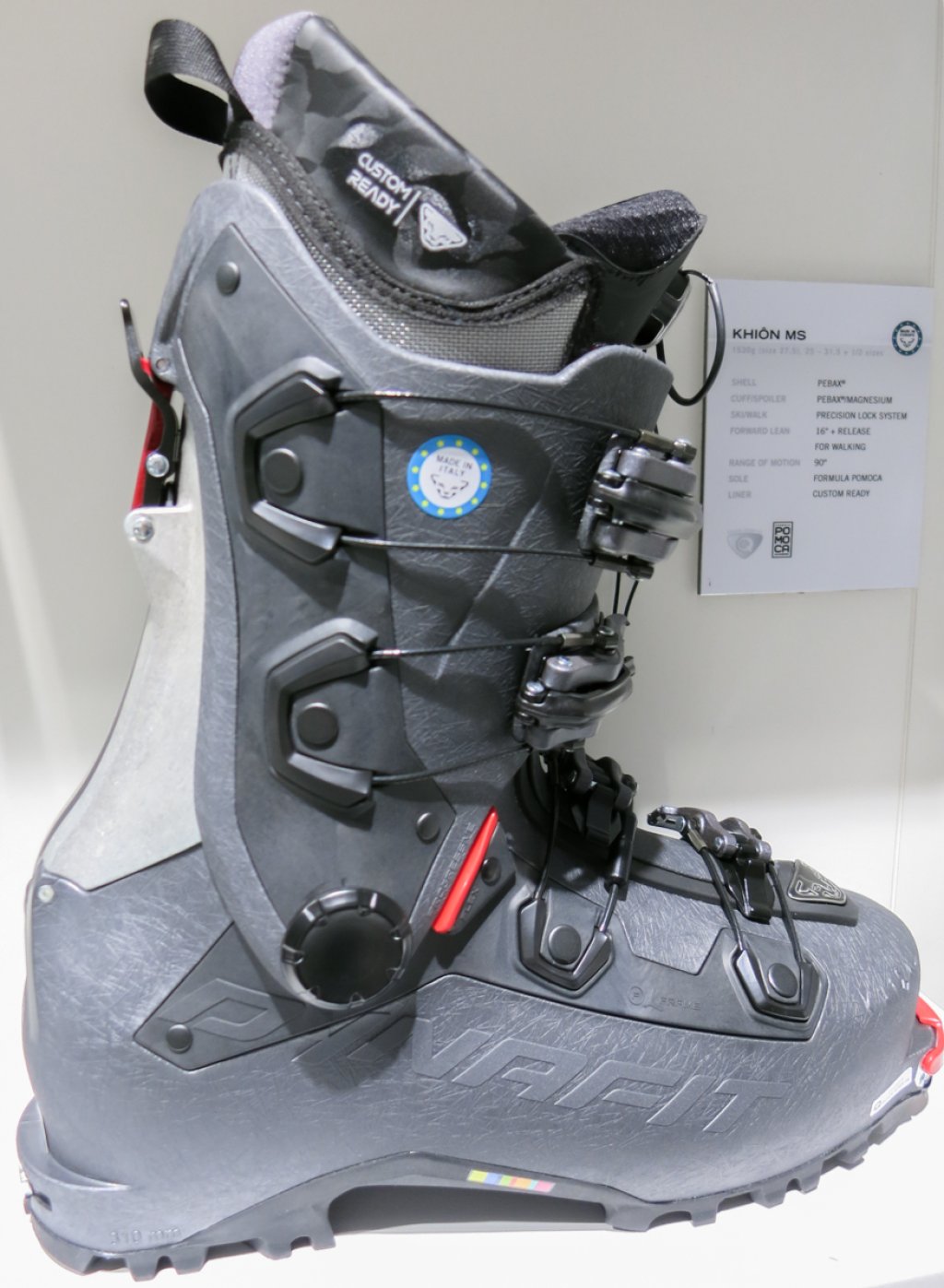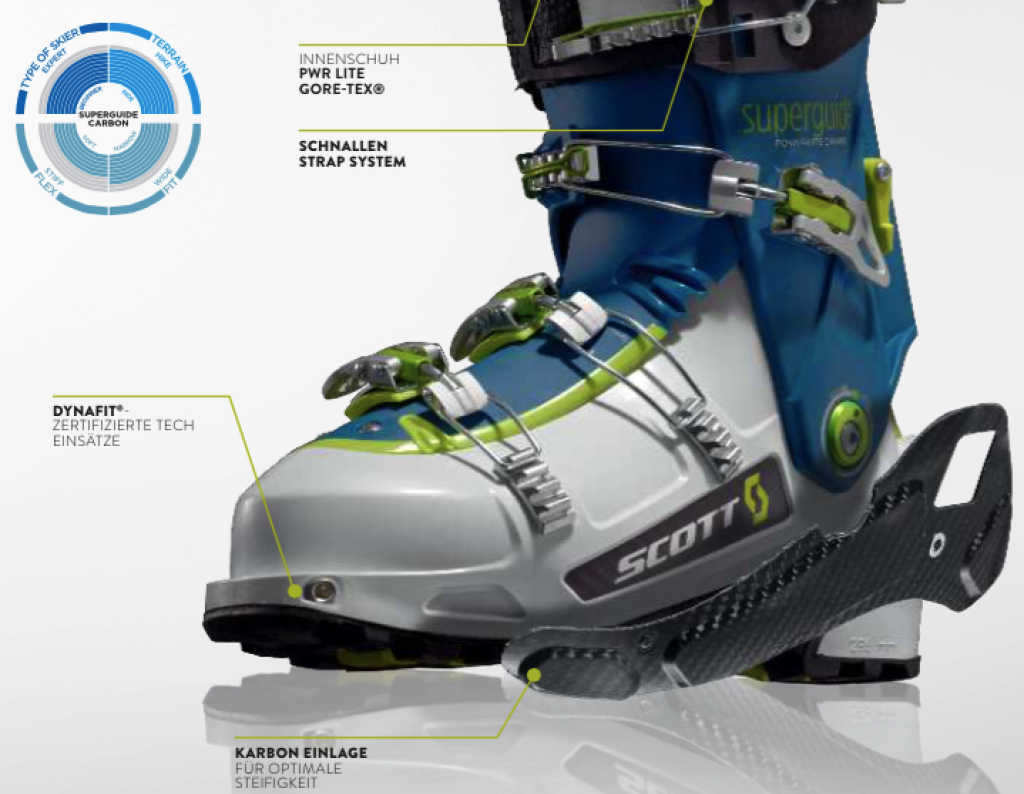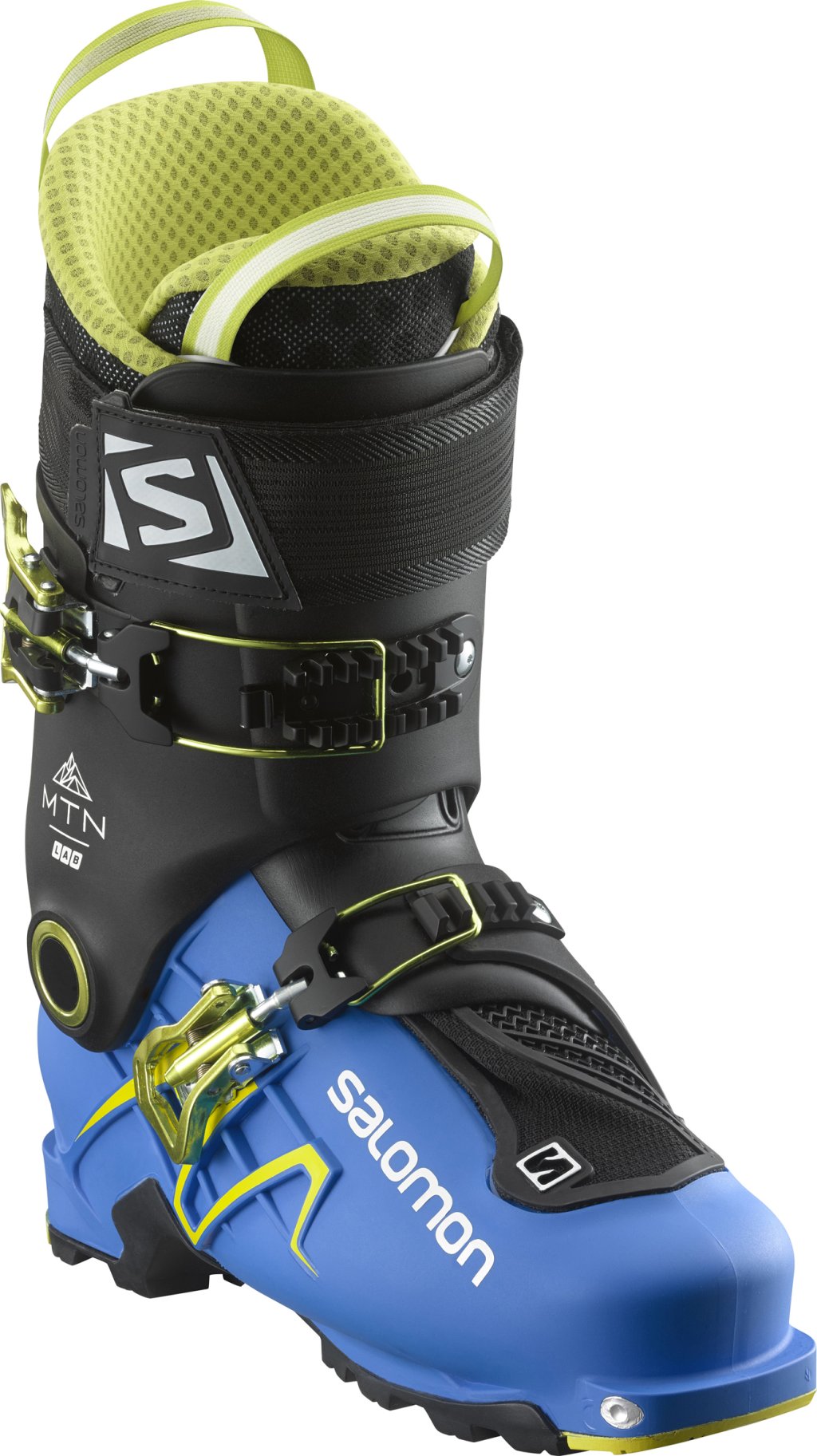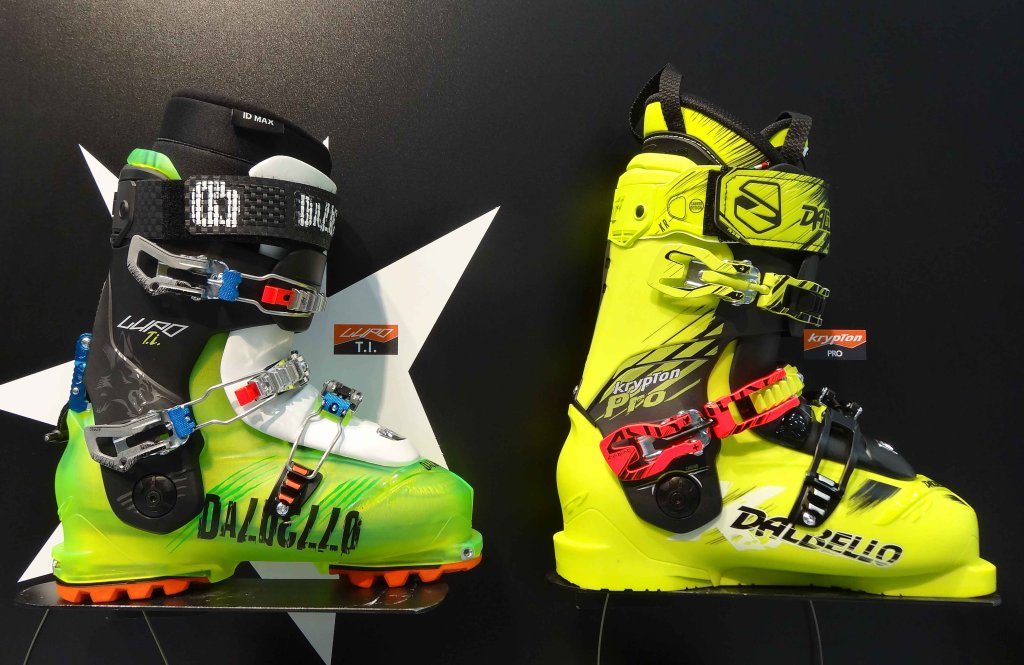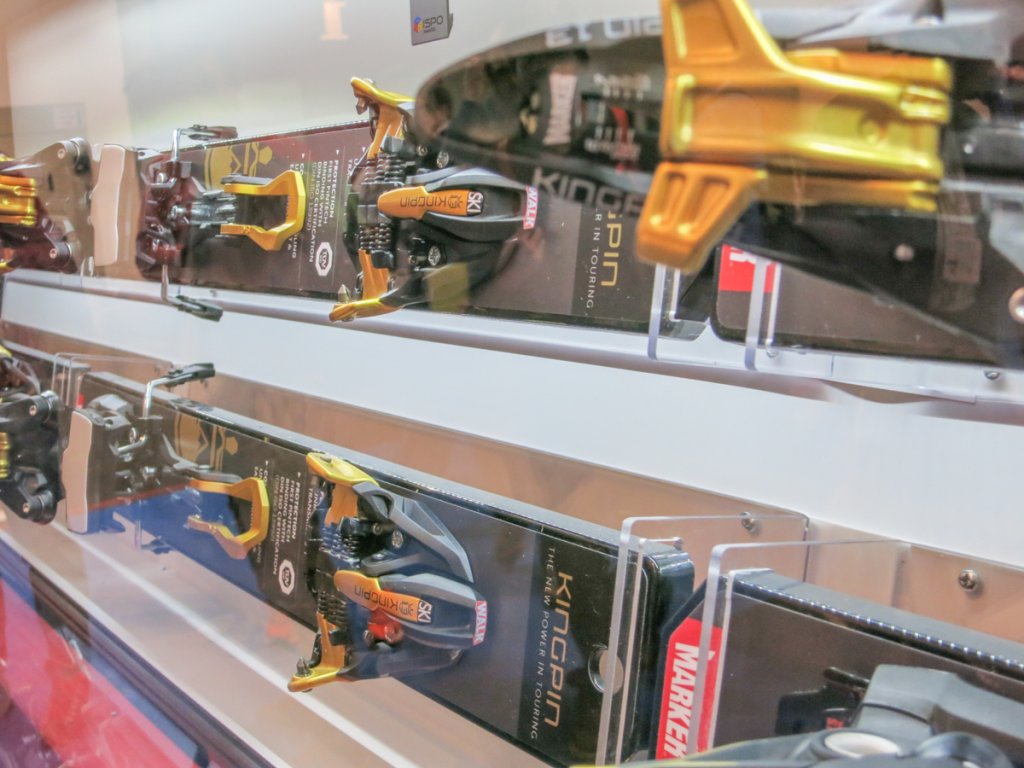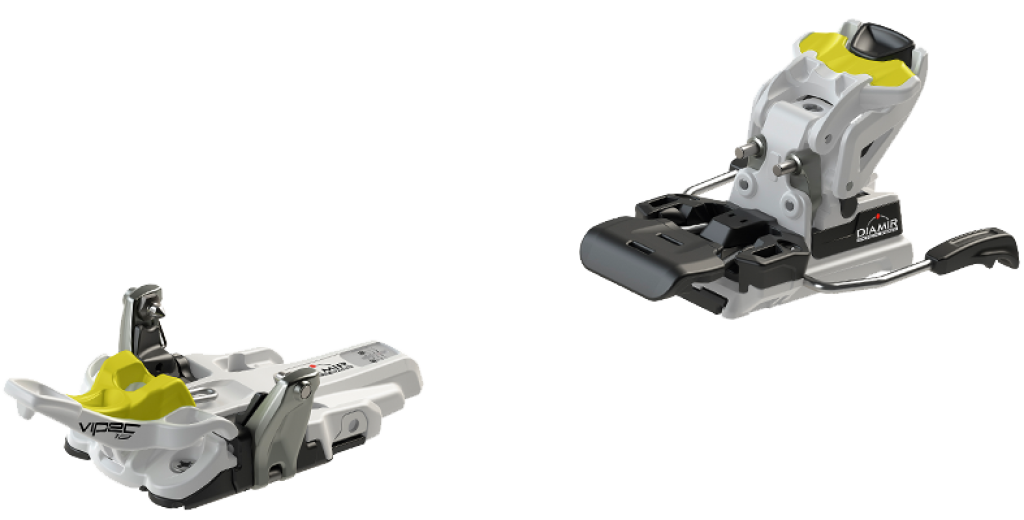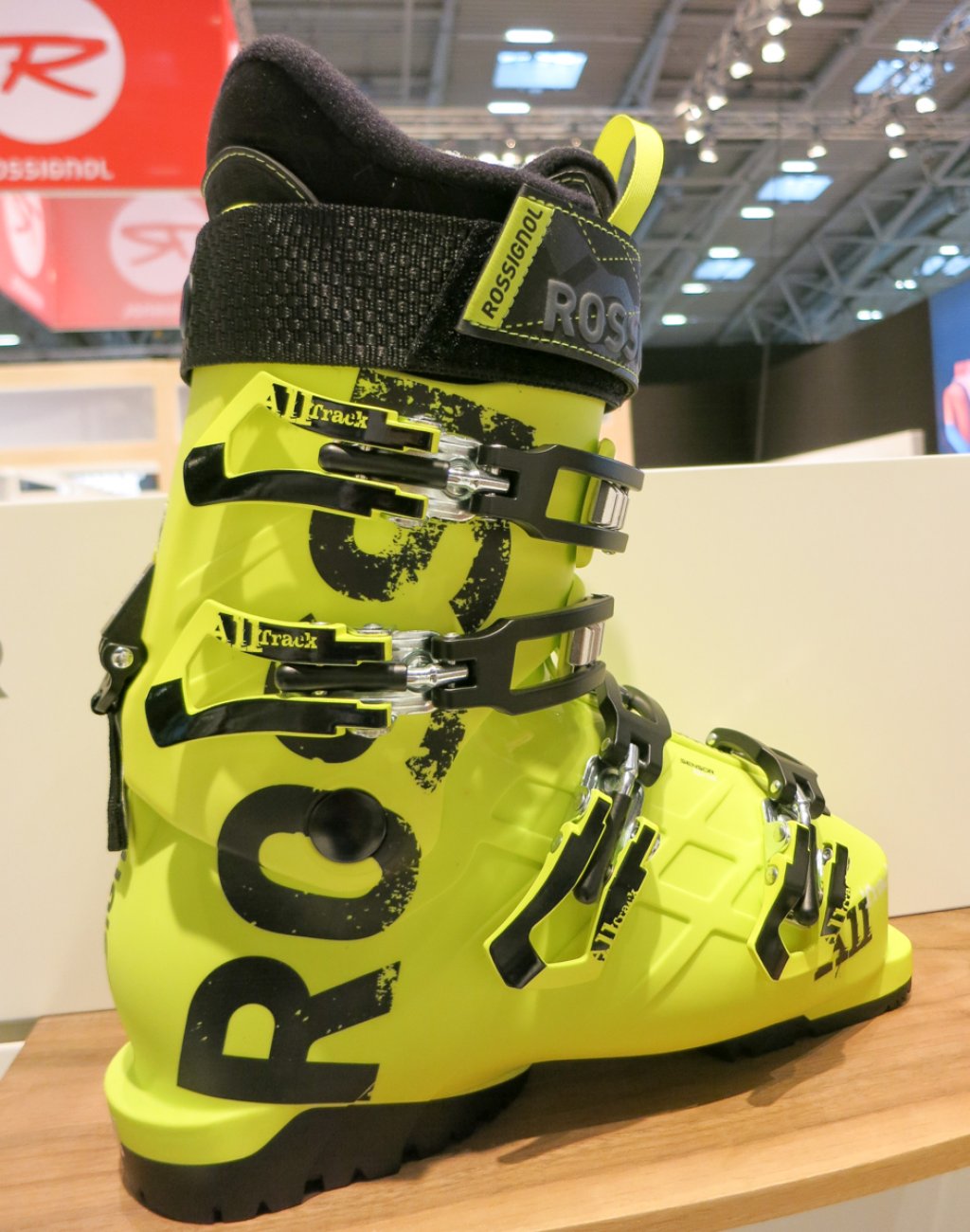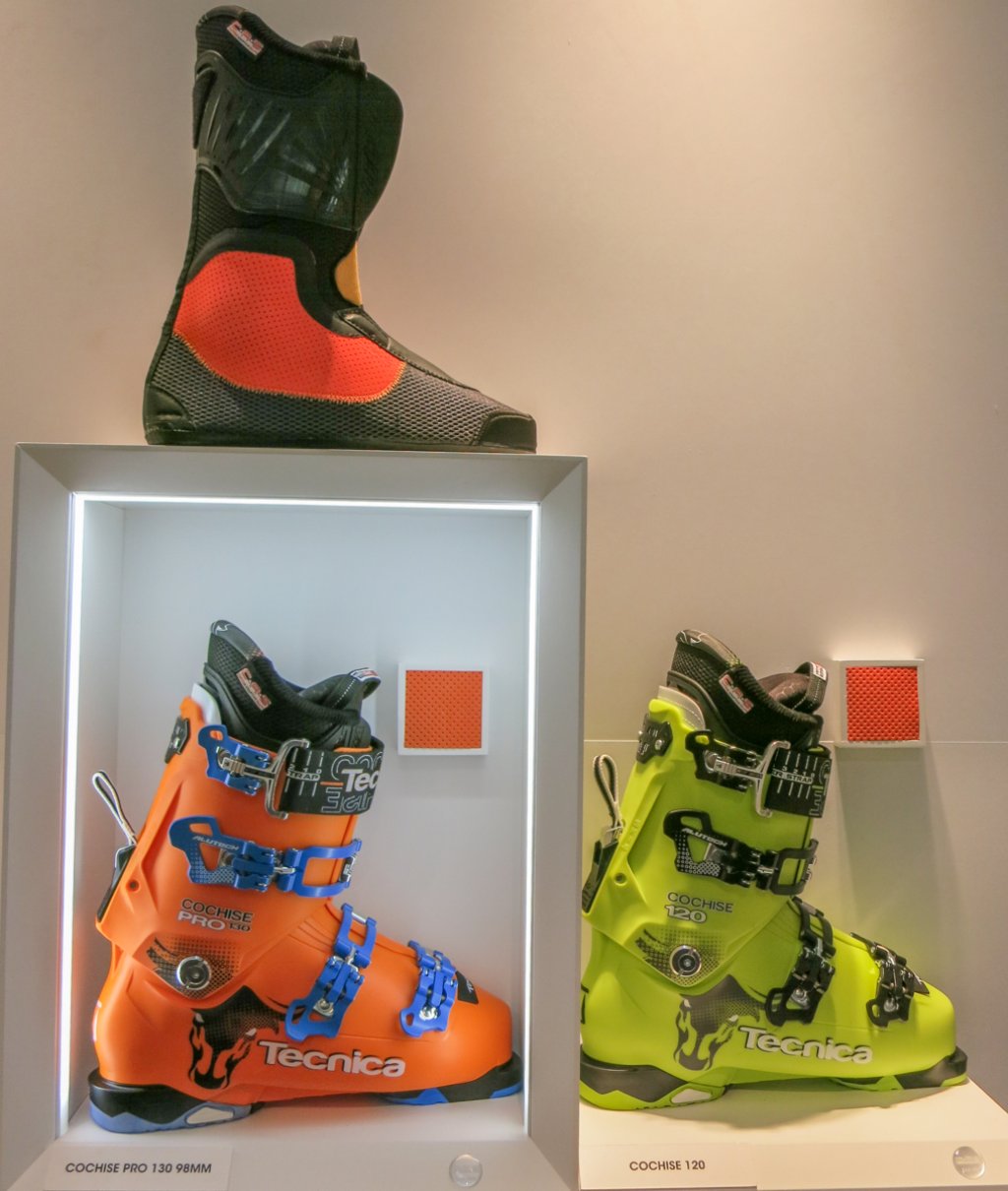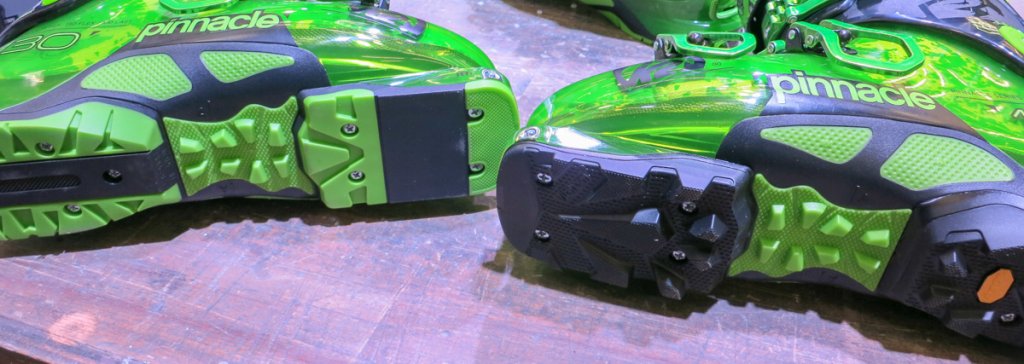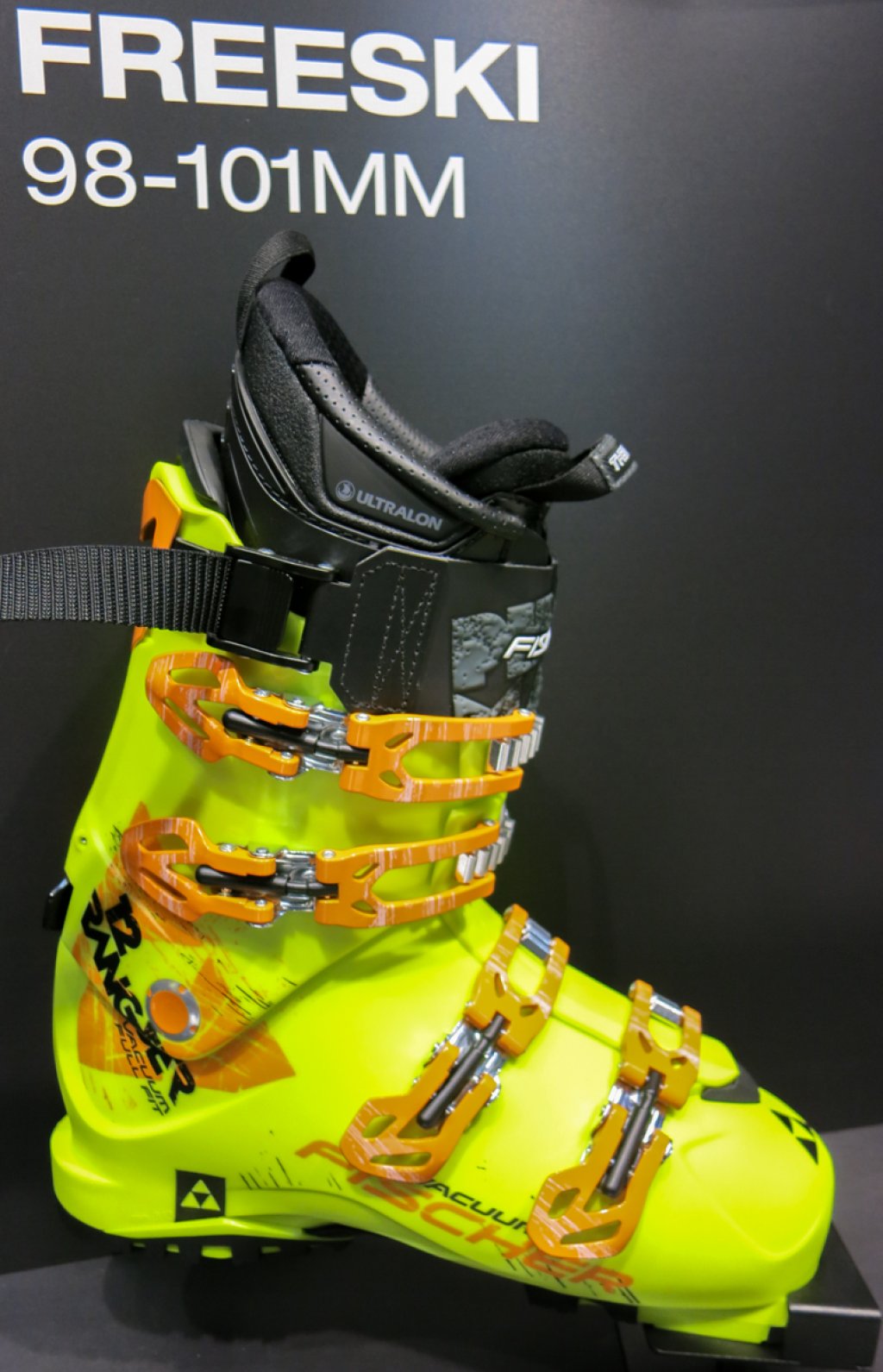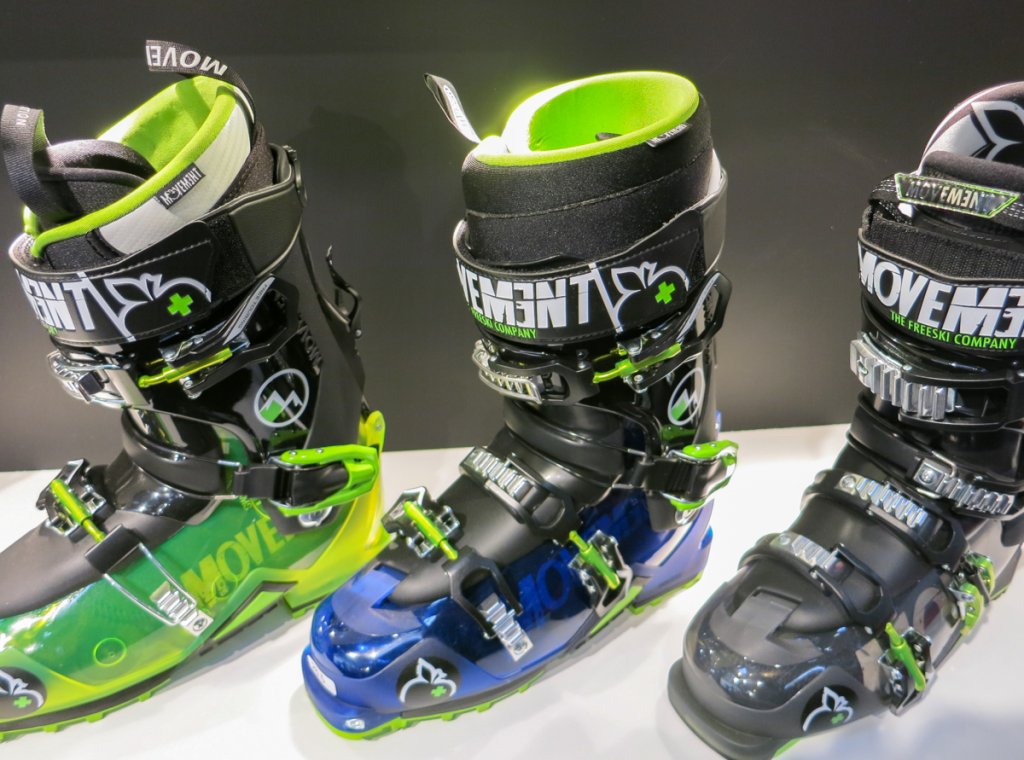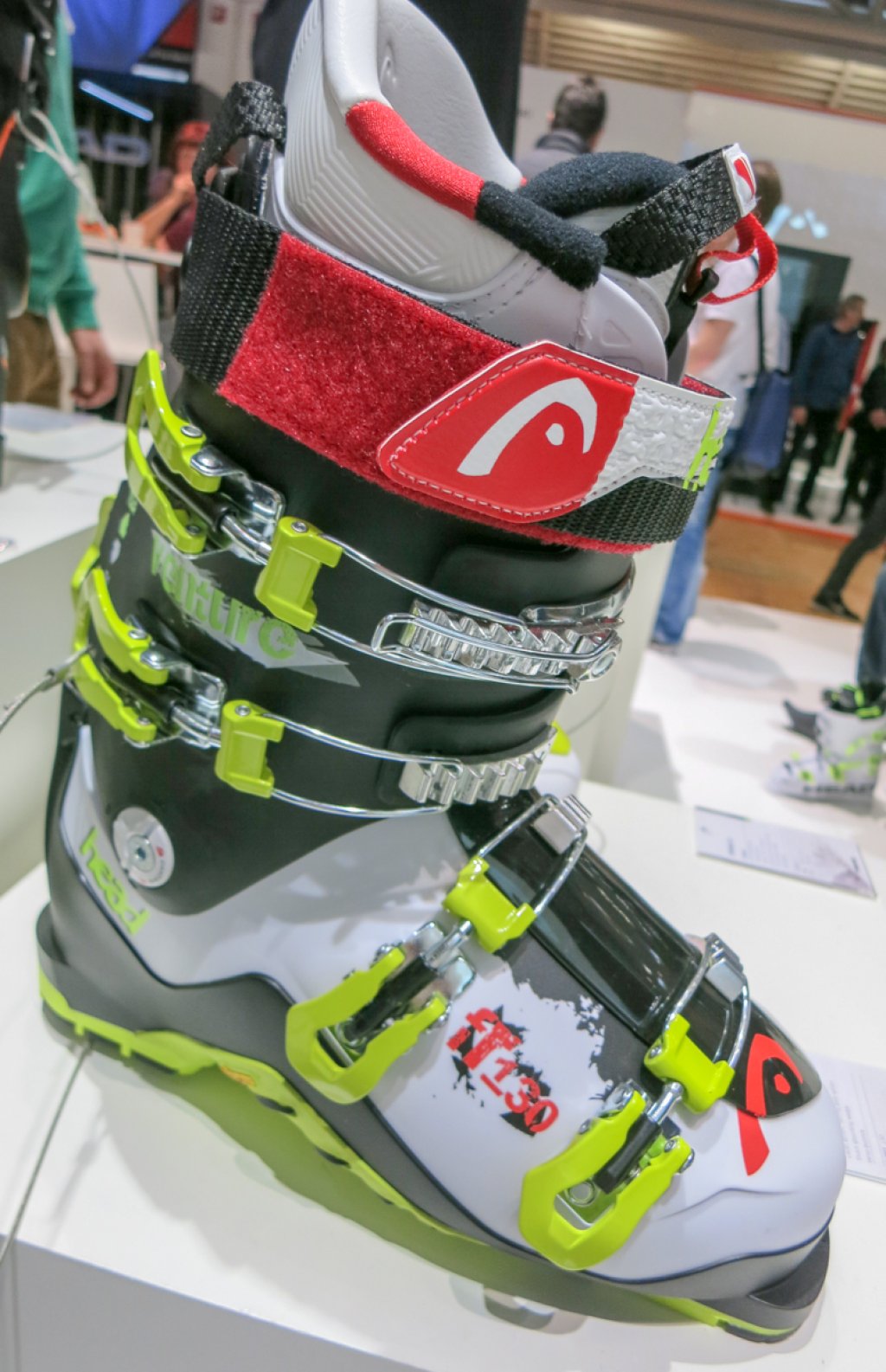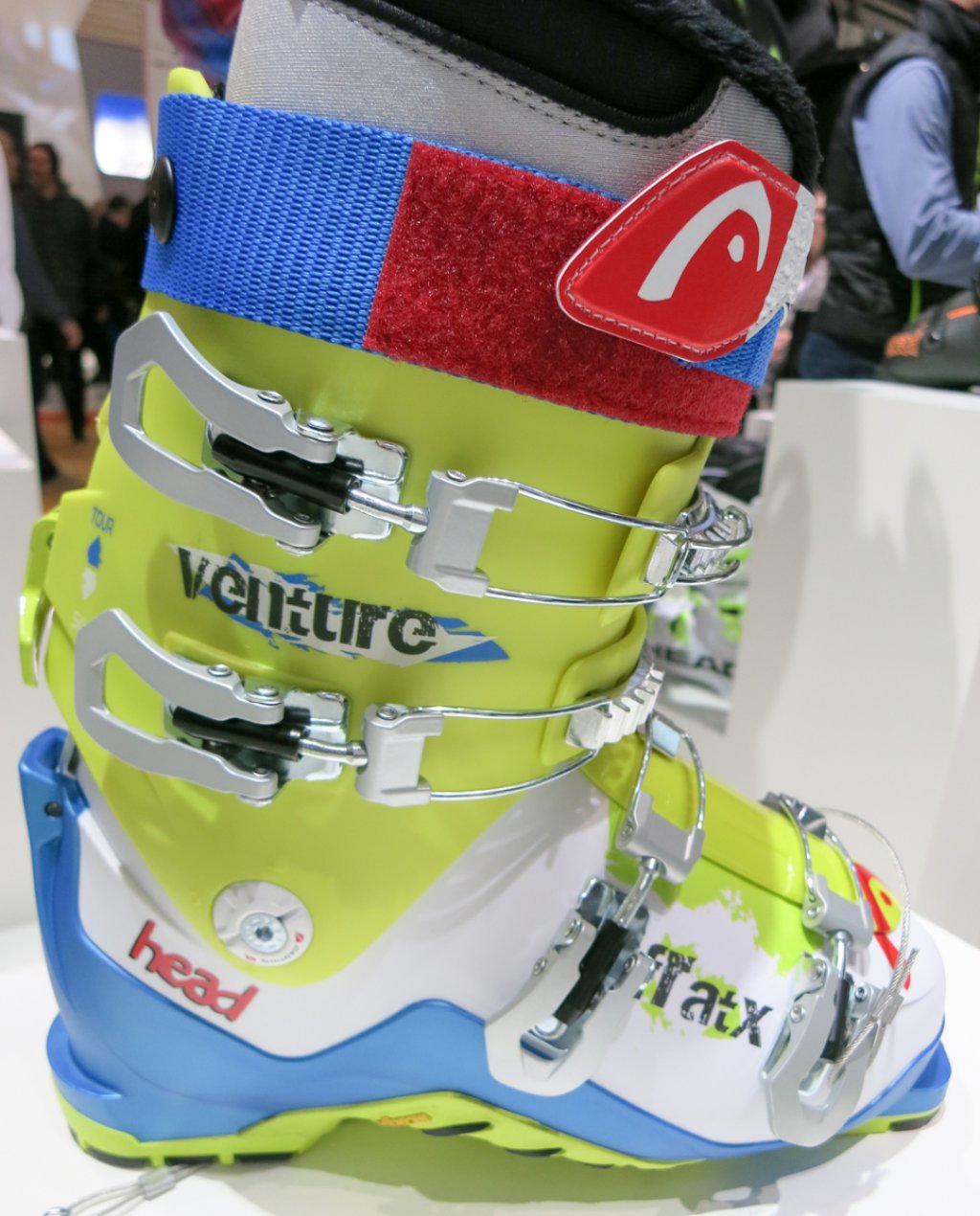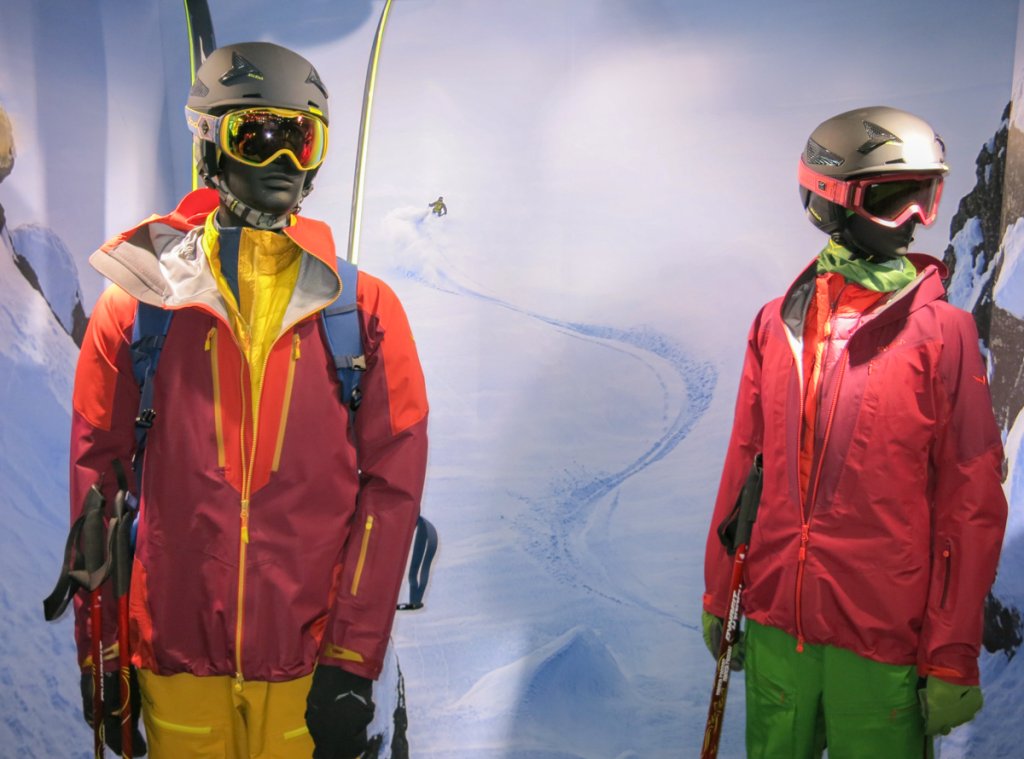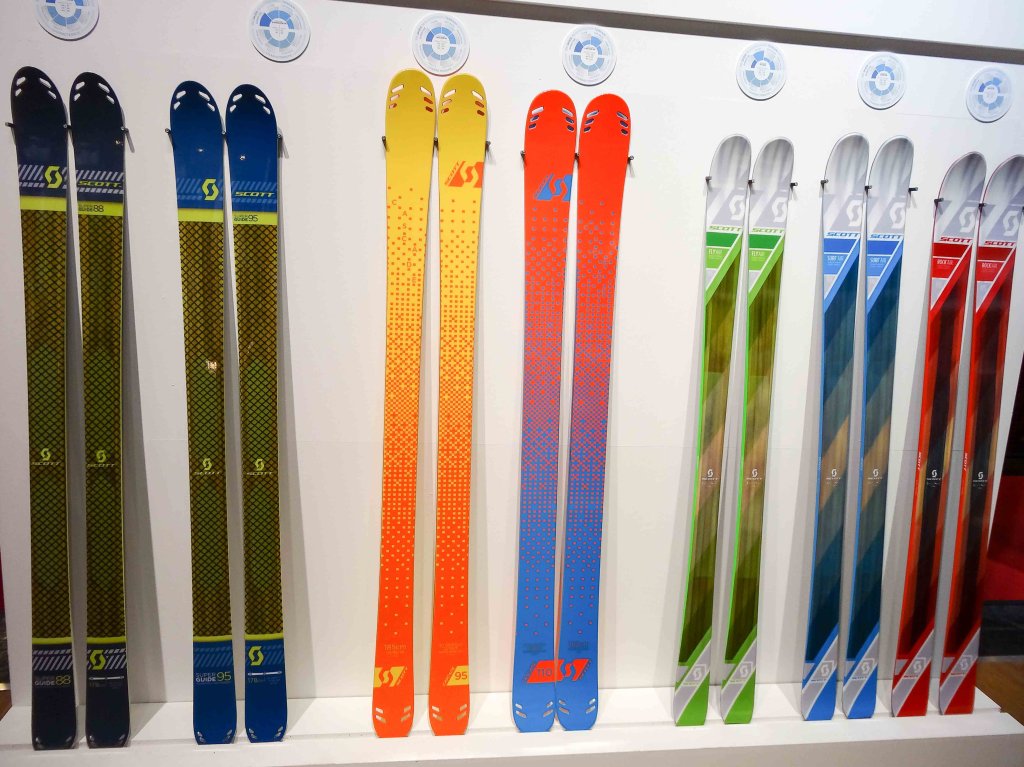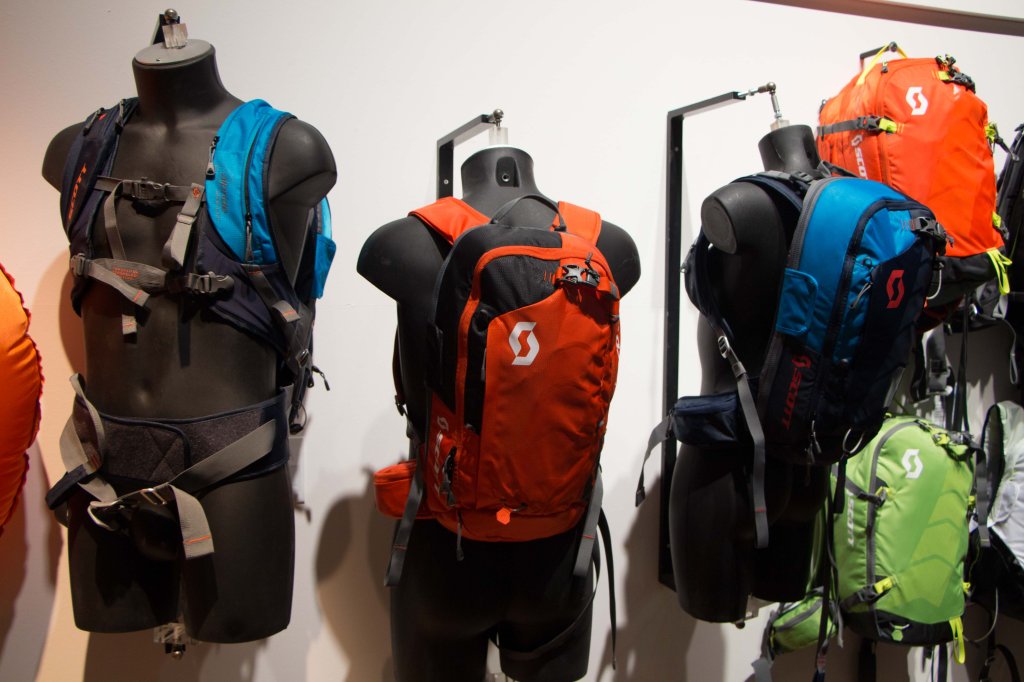The term "diversification" or "diversification" describes an expansion of the product range and refers to new products for new markets, according to a popular online reference book in economics. And this is exactly what the manufacturers of freeride boots and bindings seem to have done. Manufacturers of classic touring equipment are venturing further into the freeride sector (Dynafit), and classic Alpine companies such as Atomic are launching lightweight touring boots and bindings. Some companies such as Black Diamond have not even changed the colors of the individual models in their existing boot collections. Due to a lack of really new products this year, we will also introduce you to some products that are actually part of the classic touring range.
Dynafit
The saying goes "save the best for last", but that doesn't matter to us here, and we will start with the highlight from the ski boot range. Dynafit, the touring specialist of the Oberalp Group, is launching the Khion freeride boot, another ski boot with the weight of a touring boot and many features of a freeride boot, after the Vulcan. In addition to the entry-level Khion MS model, there will also be a top model, the Khion Carbon. Both are equally light at 1530 grams per boot and differ in terms of stiffness and therefore downhill performance. On the ascent, the boots will offer a shaft inclination of 90° when the buckles are open thanks to a modified walking mechanism compared to the predecessors Vulcan and TLT6. The Khion Carbon also features a Boa lacing system on the inner boot. As a result, it will also be around 200 euros more expensive than the MS, coming in at a hefty 700 euros. Both shoes are 4-laces and equipped with a new buckle system that can be opened completely with a single movement. There are also some nice features in the design of the rest of the boot: the sole is said to be particularly snow-repellent and the shape of the boot has been designed to offer as little resistance as possible when climbing in the snow.
There are no new features in the bindings: The Beast 14 received TÜV certification shortly before ISPO and the prematurely and already diligently advertised Radical 2 will only be available in stores everywhere from winter 2015/16, also in the FT and ST variants.
